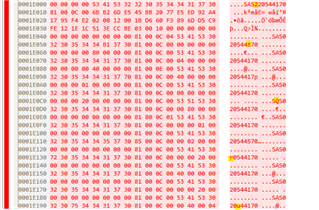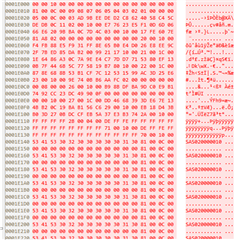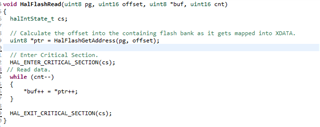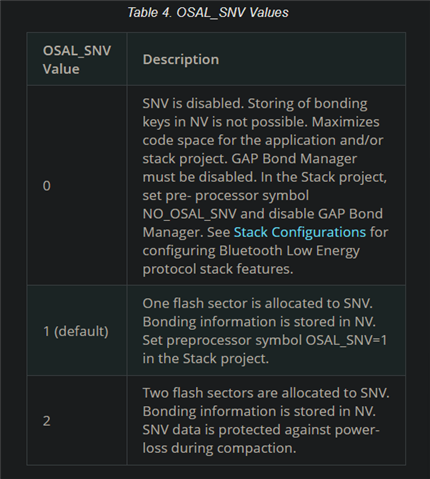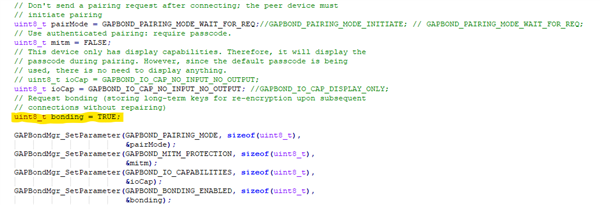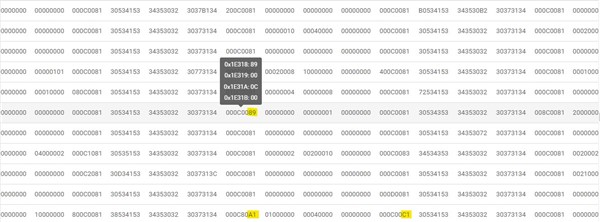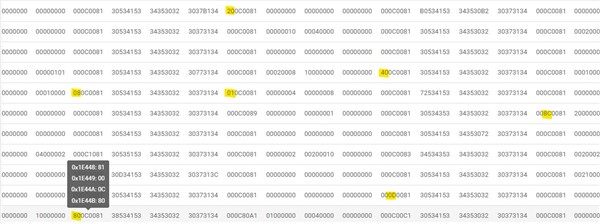Other Parts Discussed in Thread: UNIFLASH
Tool/software:
Dear Team,
Urgent Requirement !!!!!!!!!!!!!!
In one of our product we found the below mentioned issue,
Advertisement is not happening even the BLE chip is powered with 3.3V
This happens after certain number of successful connection disconnection. Suddenly on a fine day advertisement is not happening.
This issue will be recovered only by reflashing the ble software.
Kindly guide us to address this issue.


